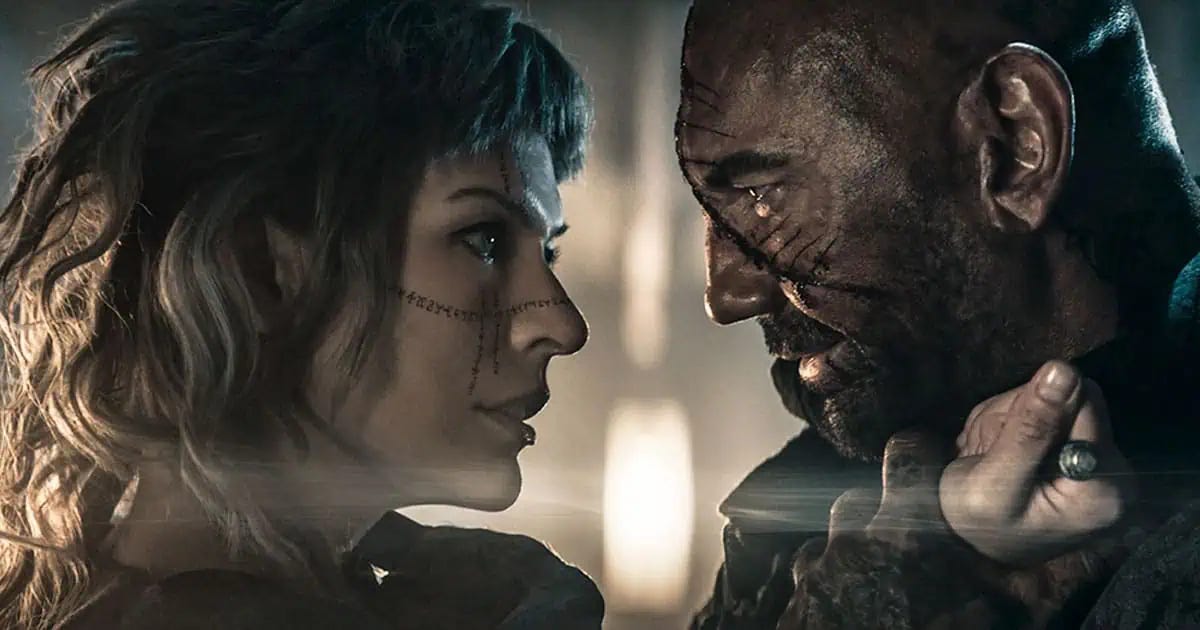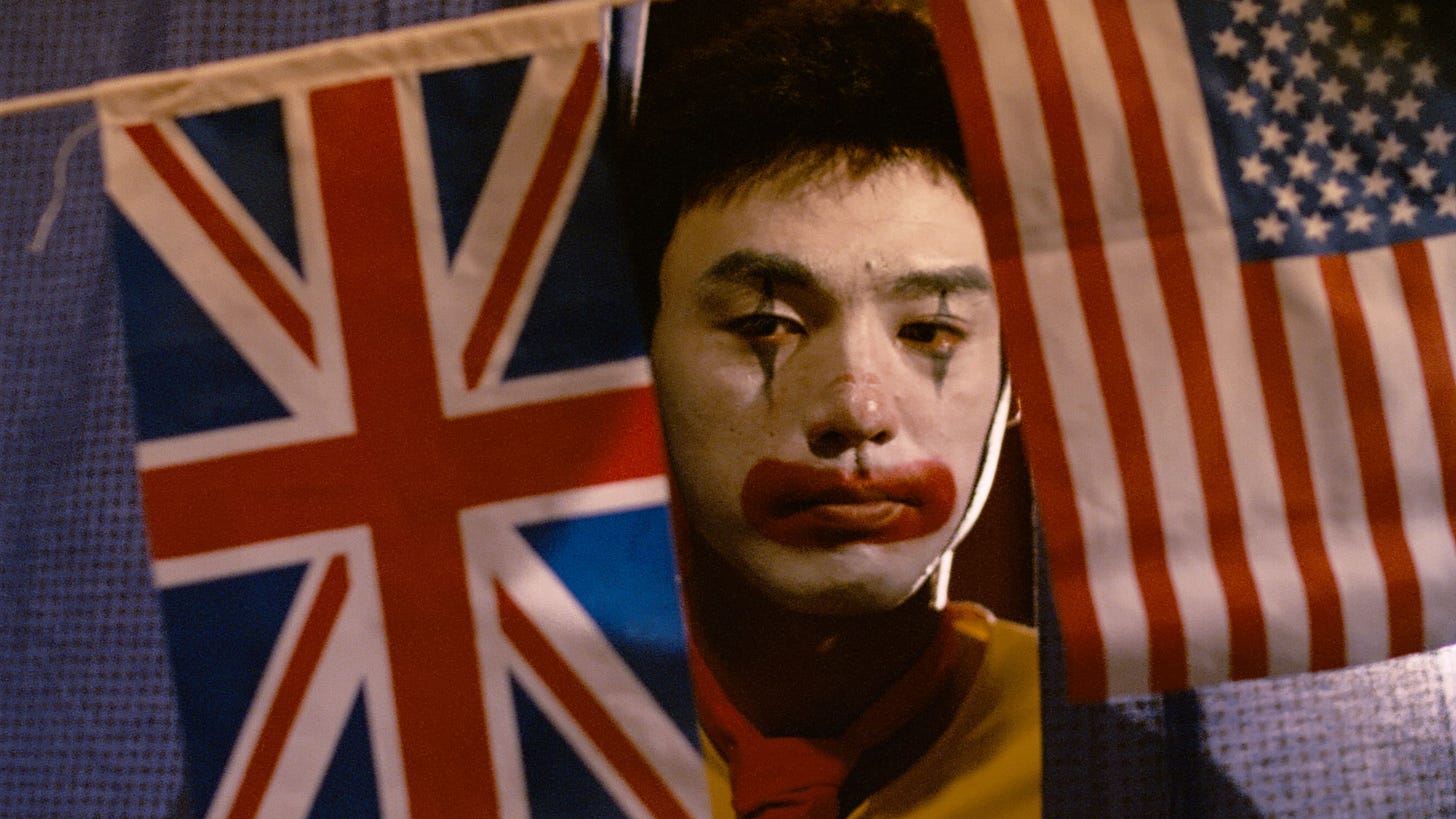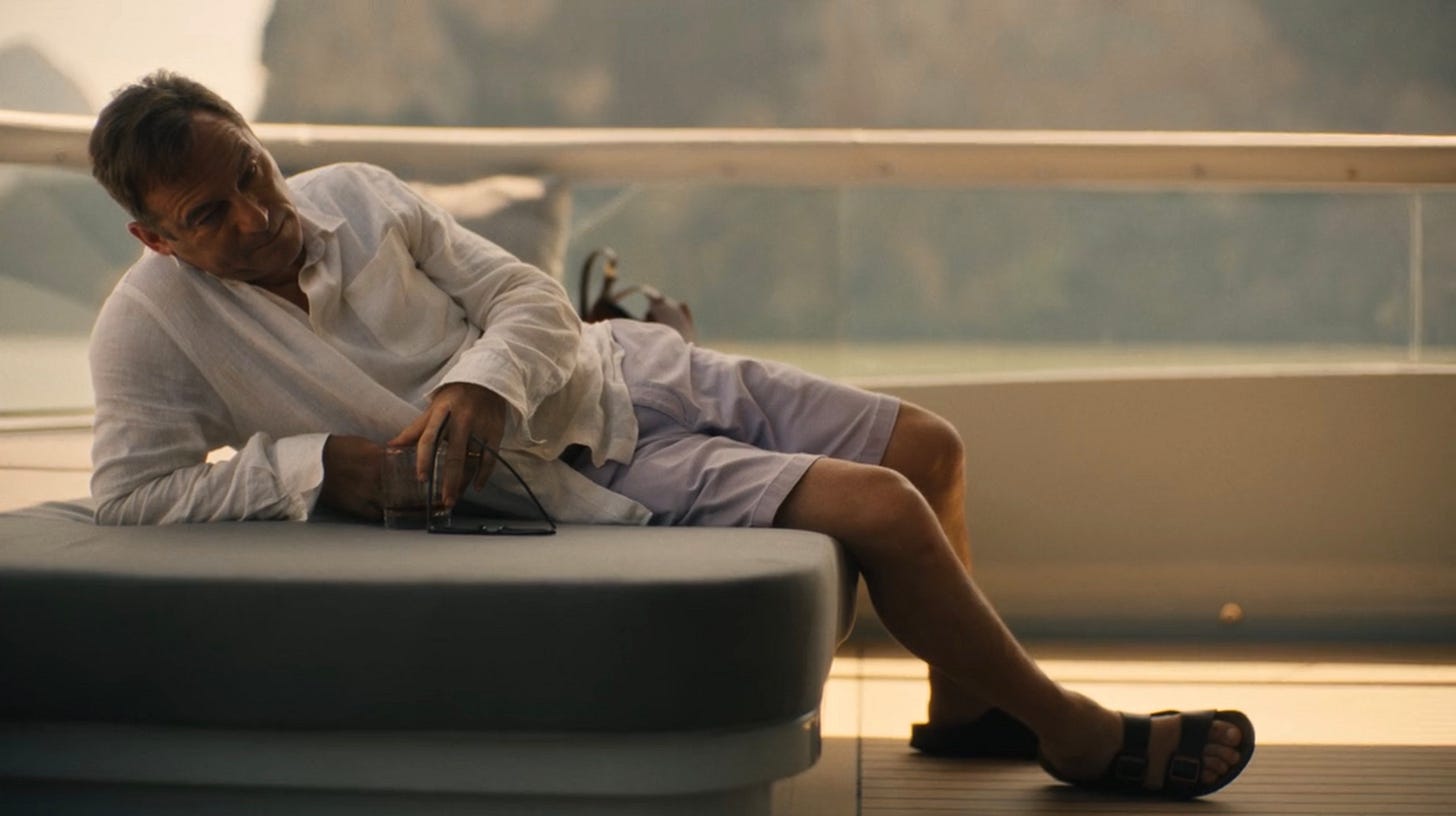Salutations, MTWZ Nation.
This is the first volume of what will be a recurring vertical here at MTWZ. I am calling this column, rather plainly, “The Latest.” Expect a collection of short responses to recent cultural works/moments, anchored by (anywhere between one to three) reviews and trailed by increasingly brief and frivolous observations on other happenings.
Today’s newsletter will remain public in perpetuity, while future issues of “The Latest” will follow MTWZ’s public-then-paywalled model. To ensure you don’t miss a thing, subscribe below!
Mickey 17 (dir. Bong Joon-ho, 2025)
I was talking with a friend the other day about our shared and somewhat tempered appreciation of Bong Joon-ho’s Parasite (2019). Just because it is leagues better than virtually every Best Picture winner of the past fifteen years (save Moonlight) doesn’t make it perfect, and we agreed the elongated pacing of the film’s final act bear this out. It is not a fatal flaw, however, in large part because you can sense how Bong intended for Parasite’s elliptical epilogue to contrast with the slapstick comedy and tightly wound suspense of its preceding ~90 minutes. Besides, Bong’s sheer panache remains undeniable on umpteenth viewing, which, in combination with the resounding thematic clarity of Parasite’s ending, makes for the rare film well suited for both Academy voters and film studies syllabi. I say all this mainly as a compliment.
By contrast, Bong’s follow-up to Parasite, Mickey 17, is a much more frustrating viewing experience. Not only does this structural disproportion return—and this time it affects the film’s entire second half, rather than just the ending—but largely absent is Bong’s bravura, moment-to-moment control over any given scene. I was surprised how uninvolved I felt while watching what were, on paper at least, the most dramatic or comedic sequences from the film. A climactic moment of connection between Mickey (Robert Pattinson), the endlessly cloned and exploited worker of a seastead-esque space colony, and the planet’s indigenous matriarch should have proved heartrending, yet the direction and editing of this moment, like several other key plot beats, felt oddly slack. I too was bummed by how unfunny I found Mark Ruffalo and Toni Collette as the colony’s buffoonish, authoritarian leaders, and by how often they were on the screen.
This $100+ million Warner Bros. production does have three things going for it, compared to studio fare around and above this price range today. The interiors of the spaceship look like a million bucks, because they cost that much and more; I love seeing a blank-check going straight to the Leavesden Studios backlot. Beyond the sets, this movie also includes sex scenes, which itself is a remarkable distinction for a new film of this budget level. Off the top of my head, only Oppenheimer and Napoleon could claim the same, and the sex scenes in those films were terrible. In the case of Mickey 17, the genuine, well-evidenced love between Mickey and colony agent Nasha (Naomi Ackie) supplies the film’s most affecting moments, such as a third-act flashback to Nasha beholding the death of an earlier Mickey clone. When brought to the fore, this melancholy register is tough to shake. My disappointment with Mickey 17 is that the emotional and philosophical depth teased during its finest moments hardly connects with the assembly-like feel and obvious intentions of the rest.
In the Lost Lands (dir. Paul W.S. Anderson, 2025)
I am a Paul W.S. Anderson fan in adequate standing: I adore Event Horizon; I have watched all the live-action Resident Evil films at least twice; I preordered Monster Hunter on 4K Blu-ray, sight unseen. (Perhaps that last one should stay a repressed, pandemic-era memory.) I am receptive to the Good News of the PWSA Faithful in word if not in spirit. I remember in 2012, when a passionate coterie of mostly online critics pushed for the recognition of PWSA’s Resident Evil: Retribution, released theatrically the same September weekend as the other Paul Anderson’s The Master. I read R. Emmet Sweeney’s interview with Dave Kehr from this time, where they discuss PWSA’s subterranean visual schemes and his affinities with Fritz Lang and Gordon Douglas, with great enthusiasm.
This past weekend saw the theatrical rollout of PWSA’s latest, In the Lost Lands, a dystopian fantasy based on a story by George R.R. Martin and starring Milla Jovovich and Dave Bautista. Naturally, it received both critical scorn (26% RT score) and unqualified praise from some of my mutuals on Letterboxd. As I finished writing this newsletter, I was happy to see the aforementioned Rob Sweeney launch his own Substack with an admiring piece on the film. I recommend reading, and subscribing, to the newsletter linked below.
As for me, I am afraid I land on the side of the narcs and spoilsports when I say I found In the Lost Lands to be quite poor. Anderson’s defenders tend to have little to say about his skills in dramaturgy, and Martin’s source material, involving dynastic power struggles and incontinent rulers, draws attention to this weakness throughout; the palace intrigue and dark humor that defined Game of Thrones is absent here. More egregiously, I found the action sequences to be lackluster, in a quite literal sense. In lieu of the clean choreography of Resident Evil: Afterlife or Retribution, In the Lost Lands resorts to dark close-ups, blurred further with slow-motion effects. One neat, if derivative, set piece that defies this norm follows Jovovich’s telepathic antihero as she fights enemies on a plummeting gondola, scales the wreckage, and confounds a faraway sniper using mind control.
The film’s most interesting visual motif, as Sweeney and others have noted, is undeniably its sweeping, CGI-crafted postapocalyptic landscapes. I admire the specificity of one in particular, depicting a burning, pockmarked wasteland populated with wind turbines—a glimpse into the mind of our sitting president. But aside from that one, I am not especially eager to freeze-frame and pore over these images. They resembled busier, less elegant versions of the skull-ridden vistas I regularly encountered while playing Elden Ring or The Legend of Zelda: Tears of the Kingdom. One bombed-out cityscape, called “The Rift,” takes after—in name, backstory, and overused light bloom—“The Divide” from Fallout: New Vegas (2010). By the film’s last act, as werewolves emerged and the color grade turned monochrome, I felt graced not so much by the spirit of Fritz Lang as by that of Len Wiseman.
Mayhem (Lady Gaga, 2025)
I love it, of course. Each of Gaga’s albums holds a special place in my heart, and the past few days of repeated listens have been a joy. I rarely consume albums in such single-minded, ritualized fashion anymore, so when it does happen, the process itself tends to draw me closer to the object at hand. Many of my initial misgivings with Mayhem have been dispelled, as a result.
I still don’t like the last three tracks. In fact, I swear I only learned about/first listened to “Die With a Smile” at last month’s Grammys, well after its August single release. My life, in the span intervening those two dates, was not diminished by the song’s absence. In due time, I will probably warm to “The Beast” and “Blade of Grass,” however.
More complicated are my feelings toward “How Bad Do U Want Me.” As someone who relates to music first and foremost through sound, rather than lyrics, I cannot disagree with the view that this song sounds like Taylor Swift. The double-tracking on and precise enunciation of Gaga’s lead vocals, combined with the heavy reverb on her backup track, all result in an unmistakably familiar quality also heard on Midnights or 1989. What has changed since Friday is my initial reaction that this likeness makes the song inherently bad. Sure, it is slow and awkward to dance to, but it is a lot of fun to sing—and that is just what I will wholeheartedly do if when I see it performed live. Besides, Midnights and 1989 are the two Swift albums I return to, somewhat often...
My favorite tracks from Mayhem are “Abracadabra,” “Killah,” and “LoveDrug,” which all make sense when you remember how exclusively focused on sound (i.e., hook, texture, production) I am. The remaining six of the first nine tracks fall closely behind; I look forward to all the music videos, single releases, and live shows still to come. Her SNL performance of “Killah,” over the weekend, made clear that Gaga remains a class unto herself.
2025 Wisconsin Film Festival
For those of you reading in or near Madison, I encourage you, if you haven’t yet, to browse the Film Guide to the 2025 Wisconsin Film Festival. The festival runs April 3 to 10, across multiple venues on the UW-Madison campus, in downtown Madison, and at Flix Brewhouse. Tickets are on sale now, available here.
Adding to James Kreul and Alex’s recent WFF previews on Substack, I highly recommend seeing Tsui Hark’s Shanghai Blues (1984), playing April 7 and 10 in a new 4K restoration and pictured above. I am slightly biased because I wrote the film description in the guide, linked here, but I can safely say this one—even more than Hong Sang-soo’s By the Stream, which I also love (as my description hopefully makes clear) and which screens April 5 and 9—will win over just about anyone.
I also have it on good authority that Mario Soffici’s Rosaura at 10 O’Clock (1958), screening April 4 and 9, is a restoration not to miss. If you want to see it, aim for the April 4 showing, however. On April 9, video artist Wendy Clarke will be in attendance to present two special programs: the first is a program of short films by her mother, Shirley, and the second is a program of Wendy’s own video work, including excerpts from her decades-spanning project Love Tapes.
Stay tuned for more Wisconsin Film Festival coverage soon.
Character Blocking of the Week
Coming up: The next two weeks will be extremely busy for me (more on why soon), but expect the regular clip of one MTWZ newsletter per week to continue, for the time being!










Thanks for the shoutout and your open-mindedness to PWSA! You'll get there someday.
is jason isaacs hot enough for me to watch the new lotus
another mayhem warrior ACQUIRED